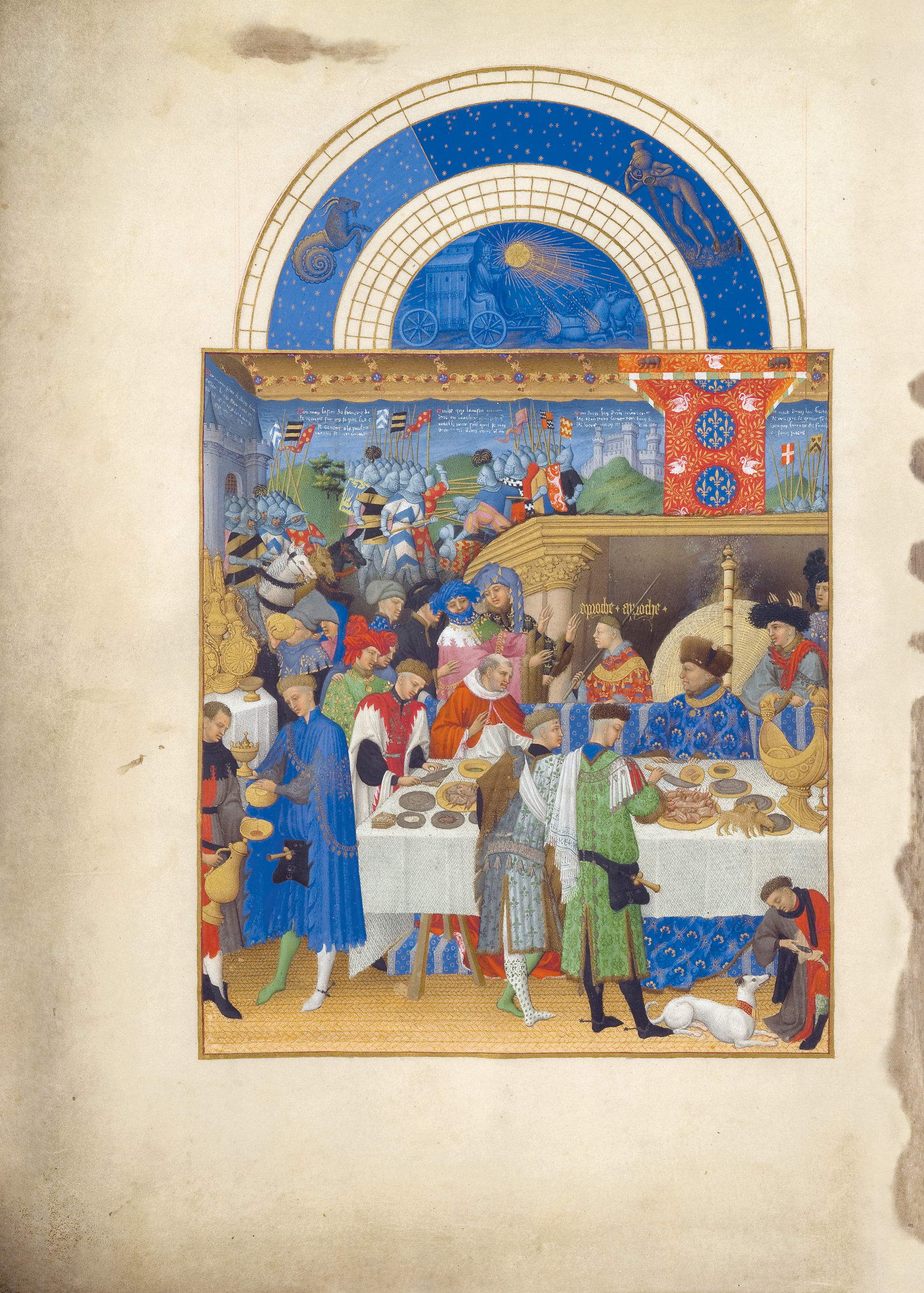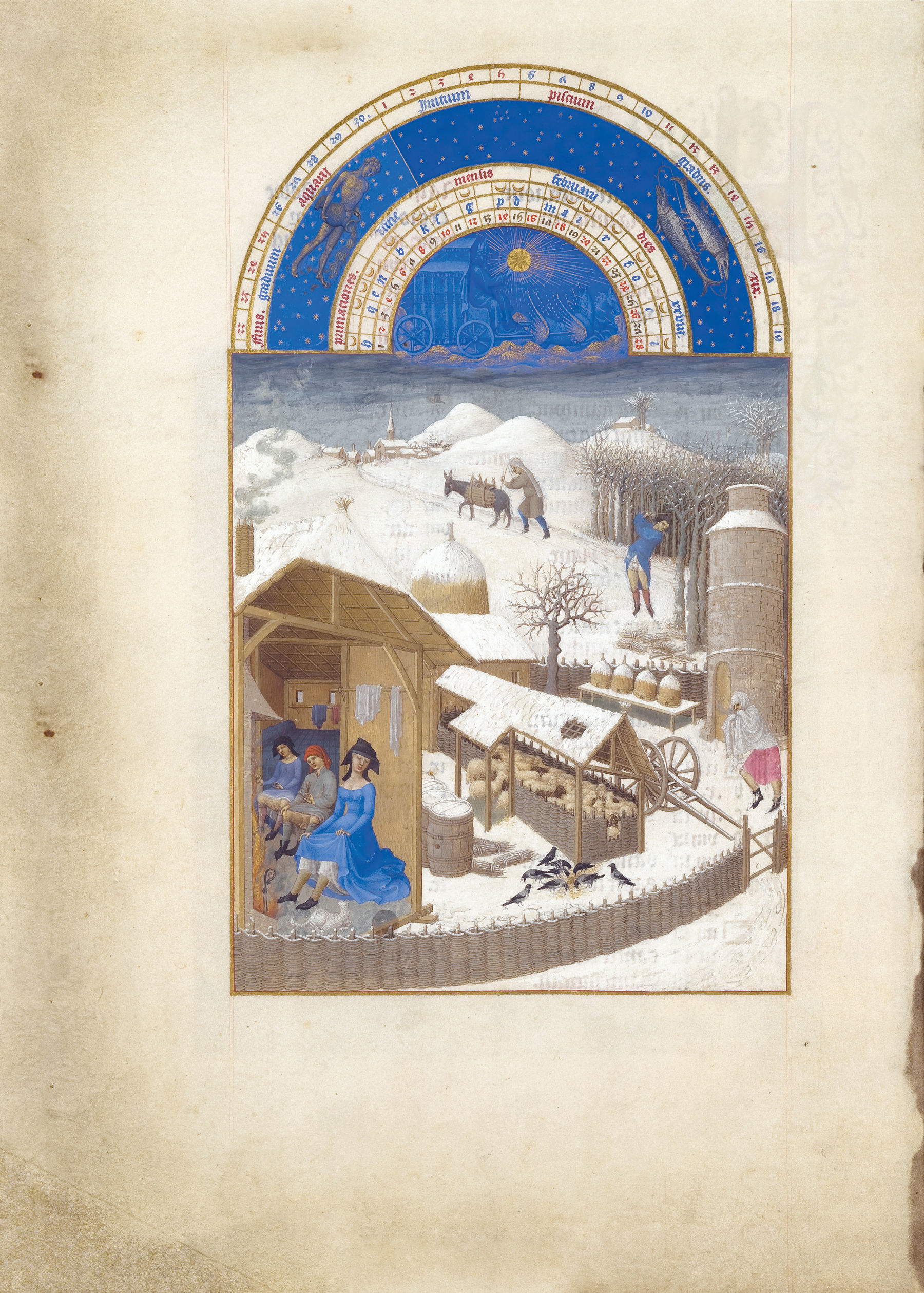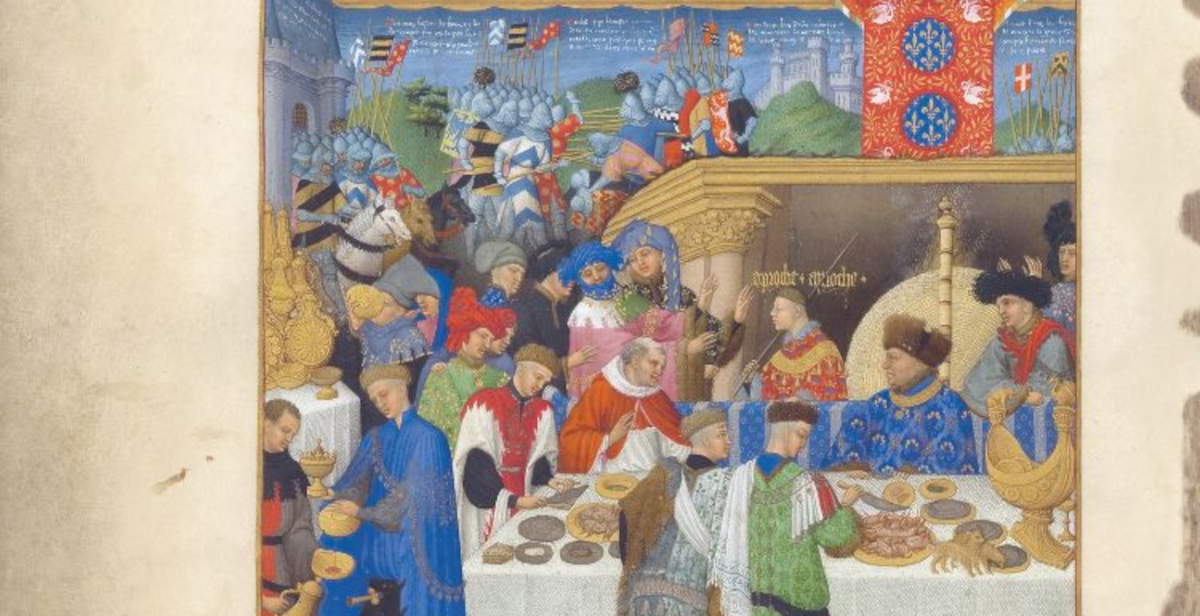Thirty years after its first facsimile edition, Le Très Riches Heures by the Duke of Berry is revived in a new publication announced by the Panini Cultura Group. Considered the pinnacle of the Franco-Flemish miniature and among the most valuable codices in the world, the manuscript will be revived in facsimile thanks to an international co-publication signed by Panini Cultura and Universal Art Group. The official presentation of the new edition will be held on June 18, 2025 at 10 a.m. inside the Musée Condé, in the Château de Chantilly, a venue that preserves the original manuscript and one of France’s most significant bibliographic collections.
The publishing event is part of an exceptionally important exhibition, Les Très Riches Heures du duc de Berry. Opening June 7 and open until October 5, 2025, the exhibition is held in the Jeu de Paume room of the Musée Condé. For the first time, the public will be able to admire twenty-six illuminated pages of the manuscript’s famous calendar, the iconic and narrative core of the entire work. The exhibition accompanies the codex’s reopening to the public after recent restoration, a rare event given that the original has been shown in public only twice since the late 19th century.

“A reproduction that restores the essence of the original requires the use of the best technologies of its time,” says Lucia Panini, co-founder of the Panini Cultura Group and managing director of Franco Cosimo Panini Editore. “This extraordinary codex, already reproduced in 1984 by Faksimile Verlag and in 2010 by our publishing house, deserves a new edition today because printing has made fundamental advances: brighter pigments, new golds, and for the first time the use of parchment paper. This is not a reprint, but a qualitative leap that allows us to get closer than ever before to the living matter of miniatures.”
“For 60 years our publishing house has been dedicated to the preservation of the world’s cultural heritage, offering people around the world access to unique masterpieces of book art,” says Charlotte Kramer, publisher of Müller & Schindler and president of Universal Art Group. “Our facsimile editions unite past and future, promote cultural exchange and build bridges between different cultures. This spirit of tradition and innovation will continue to guide us in the decades to come.”
The review aims to explore the genesis of the work over nearly a century, illustrating the successive stages of its production and offering a unique opportunity to understand its artistic and historical complexity. The goal is to clarify why Le Très Riches Heures continue to exert a constant fascination six centuries later, thanks to their chromatic, iconographic and narrative richness. The new facsimile, scheduled for distribution in 2026, is the result of a well-established collaboration between two leading players in the fine art publishing scene: the Panini Cultura Group and Universal Art Group.

The co-publishing is now led by Lucia Panini, co-founder of Gruppo Panini Cultura and managing director of Franco Cosimo Panini Editore, and Charlotte Kramer, president of Universal Art Group. The project continues a 20-year synergy that has resulted in some of the most accurate and highly regarded reproductions of illuminated manuscripts worldwide. The original manuscript was commissioned by Jean de Berry, one of the greatest patrons of his time, and produced between 1411 and 1416 in Bourges and Paris by the Limbourg brothers, among the most celebrated illuminators of the time. The duke’s death and the subsequent disappearance of the artists interrupted the work, which was resumed in the 1440s by Barthélemy d’Eyck, and then completed between 1485 and 1489 by Jean Colombe. The work is particularly noted for its calendar miniatures, among the finest depictions of daily life, the natural environment, and society in the medieval period. The new facsimile edition confirms the Panini Cultura Group’s commitment to reproducing illuminated codices according to strict philological and editorial criteria.

The volume is the result of a production process that combines high-definition digital capture techniques, top-quality printing, and carefully crafted bindings in the ancient book tradition. Attention to detail and the desire to offer an instrument faithful to the original make this edition an object of study and preservation, as well as aesthetic admiration. Over the years, Panini Cultura has collaborated with some of the world’s leading library institutions. These include the New York Public Library, the British Library in London, the Biblioteca Apostolica Vaticana, the Biblioteca Trivulziana in Milan, and the Biblioteca Medicea Laurenziana in Florence. Each project has kept as its main goal the faithful reproduction of works that, because of their fragility or value, are difficult to consult or exhibit.
 |
| Panini Cultura publishes new facsimile of Le Très Riches Heures by the Duke of Berry |
Warning: the translation into English of the original Italian article was created using automatic tools. We undertake to review all articles, but we do not guarantee the total absence of inaccuracies in the translation due to the program. You can find the original by clicking on the ITA button. If you find any mistake,please contact us.